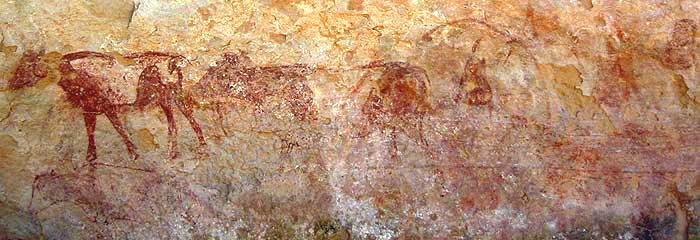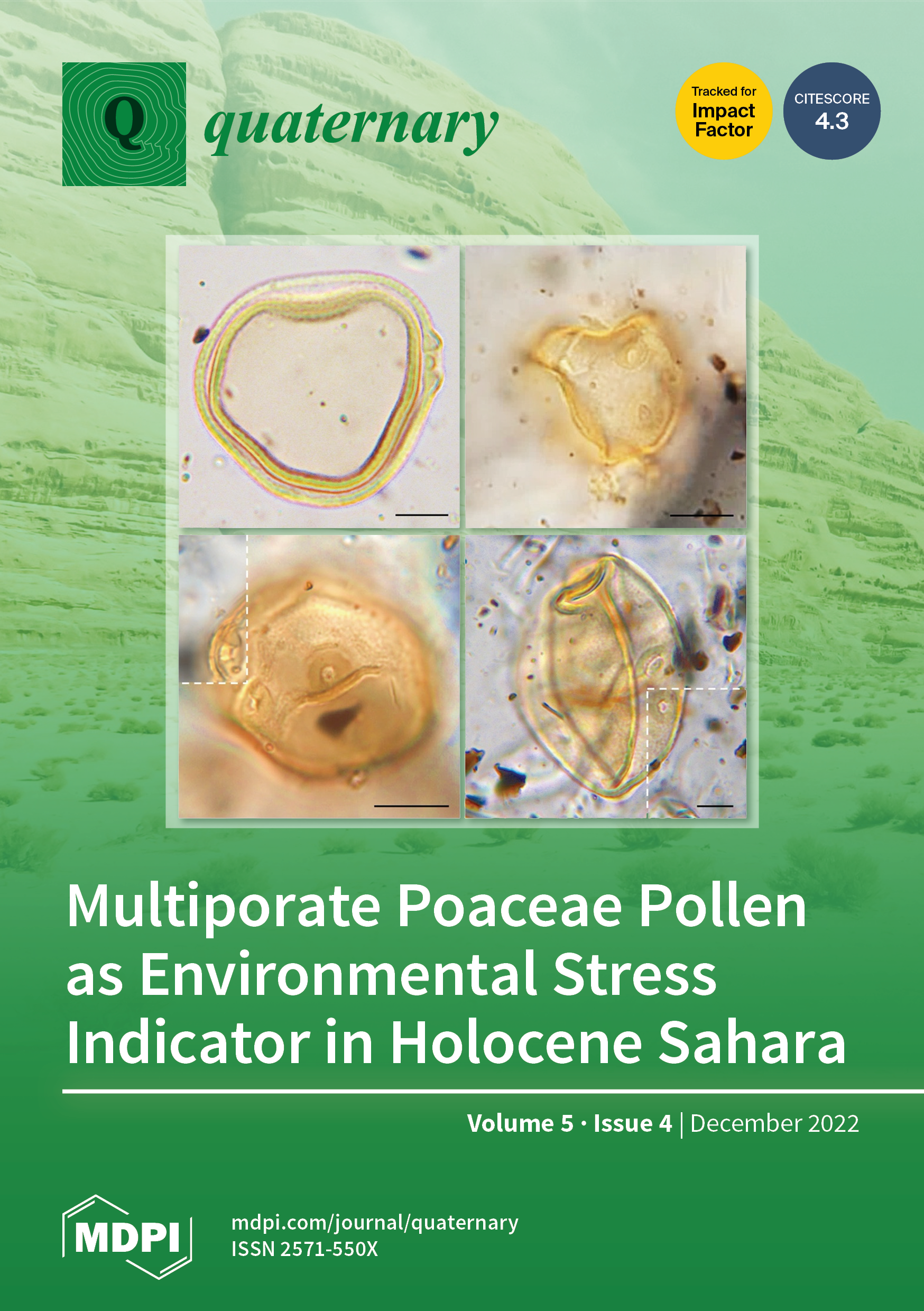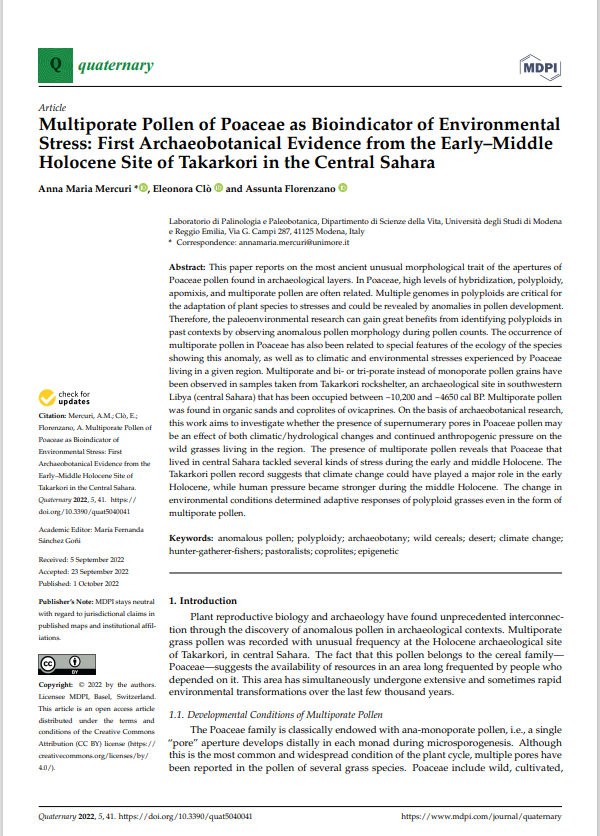Archaeobotany of Italian-Libyan Archaeological Mission in the Acacus and Messak

The Acacus Mission is not an isolated entity, but has a number of partners and collaborators.It is directed by the University La Sapienza of Roma (Savino di Lernia). Besides with the University of MO RE, the Mission collaborates closely with the University of Milan, Rome’s “Tor Vergata” University, the Istituto Centrale del Restauro (Central Institute for Restoration), the CNR (ITBAC, Rome) and, obviously, UNESCO.
The Acacus, at the heart of the Libyan Sahara, on the disputed border with Algeria, is a place of extraordinary natural beauty. It also represents an invaluable register of the environmental, cultural and spiritual changes which have taken place over many millennia of human history. In the mid-1950s, the palaeoethnologist Fabrizio Mori began to explore and study this massif, enclosed between the immense sandy expanses of the Erg Uan Kasa, and the spurs of the Algerian Tassili mountains.
Hundreds of prehistoric paintings adorn the rock shelters in the mountain labyrinths of the Acacus, traces of a world and an environment which have since vanished. These extraordinary traces, and Fabrizio Mori’s silent work, led to the inclusion of the Acacus on UNESCO’s list of World Heritage Sites in 1985.
Multiporate Poaceae pollen as environmental stress indicator in Holocene Sahara
During the early and mid-Holocene, climate changes that occurred between ~10,200 and ~4650 cal BP in Central Sahara have determined adaptive responses of polyploid grasses in the form of multiporate pollen. For the first time, the Poaceae pollen preserved in the archaeological record of Takarkori rockshelter offers the possibility of obtaining palaeoecological information from an anomaly rather than from the normal morphology of the identified pollen. Multiporate pollen was found in organic sands and coprolites of ovicaprines. The supernumerary pores were primarily an effect of climatic/hydrological changes and, in the most recent phases, the continued plant harvesting was a further anthropogenic pressure on the wild grasses living in the region.


https://www.mdpi.com/2571-550X/5/4 https://www.mdpi.com/2571-550X/5/4/41



